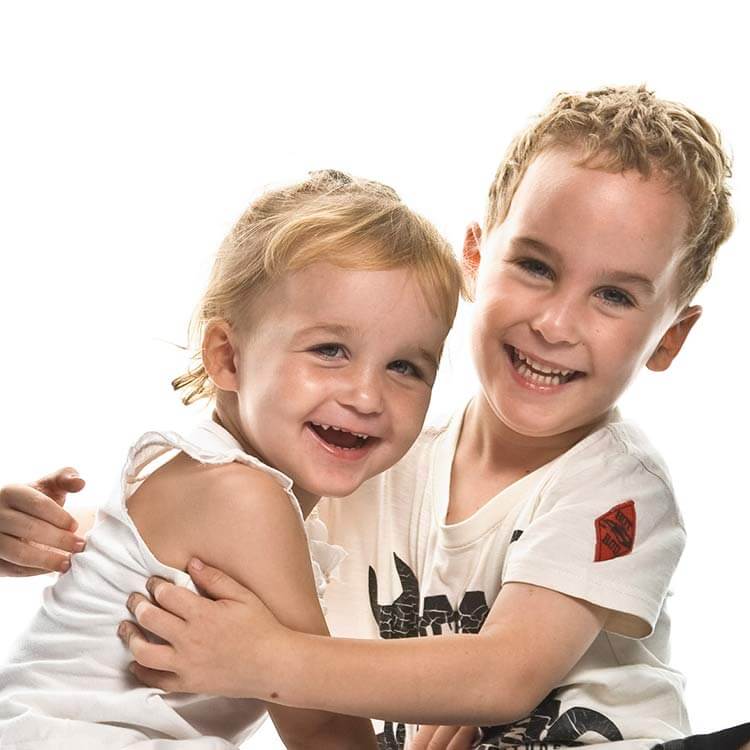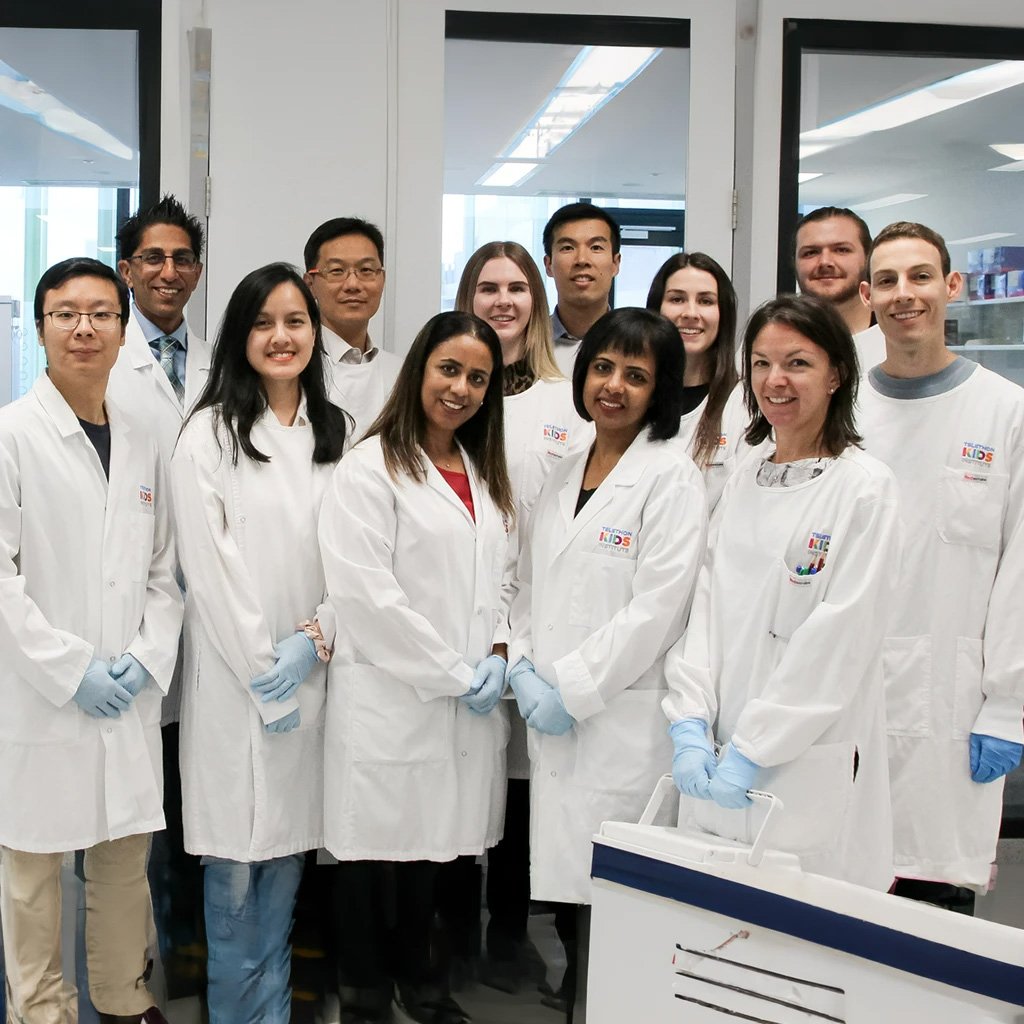Search

Research
Cancer CentreListed are all The Kids Research Institute Australia research teams involved in our Cancer Centre. This Centre sits under the Chronic and Severe Diseases research theme.

The main aim of our Leukaemia Translational Research Team is to test innovative therapeutic approaches, with a focus on clinical translation of this knowledge, to improve the outcomes of children suffering from leukaemia.
Research
Effective adenovirus-mediated gene transfer into neural stem cells derived from human embryonic stem cellsHuman embryonic stem cell-derived neural stem cells (hESC-NSCs) are an attractive cell type for studying
Research
Constitutive Activation of RAS/MAPK Pathway Cooperates with Trisomy 21 and Is Therapeutically Exploitable in Down Syndrome B-cell LeukemiaChildren with Down syndrome (constitutive trisomy 21) that develop acute lymphoblastic leukemia (DS-ALL) have a 3-fold increased likelihood of treatment-related mortality coupled with a higher cumulative incidence of relapse, compared with other children with B-cell acute lymphoblastic leukemia (B-ALL).
Research
Lessons from 50 years of curing childhood leukaemiaOne of the great success stories of modern medicine is undoubtedly the remarkable improvement in outcome for childhood cancer, achieved through the work of...
Research
High expression of connective tissue growth factor accelerates dissemination of leukaemiaFunctional role of CTGF in altering disease progression in a lymphoid malignancy
Research
A pre-clinical model of resistance to induction therapy in pediatric acute lymphoblastic leukemiaRelapse and acquired drug resistance in T-cell acute lymphoblastic leukemia (T-ALL) remains a significant clinical problem.
Research
Germ-line and somatic DICER1 mutations in pineoblastomaThis study suggests that germ-line DICER1 mutations make a clinically significant contribution to PinB, establishing DICER1 as an important susceptibility...
Research
Comparative drug screening in NUT midline carcinomaThe NUT midline carcinoma (NMC) is a rare but fatal cancer for which systematic testing of therapy options has never been performed.
Research
Connective tissue growth factor is expressed in bone marrow stromal cells and promotes interleukin-7-dependent B lymphopoiesisHematopoiesis occurs in a complex bone marrow microenvironment in which bone marrow stromal cells provide critical support to the process through direct cell...
